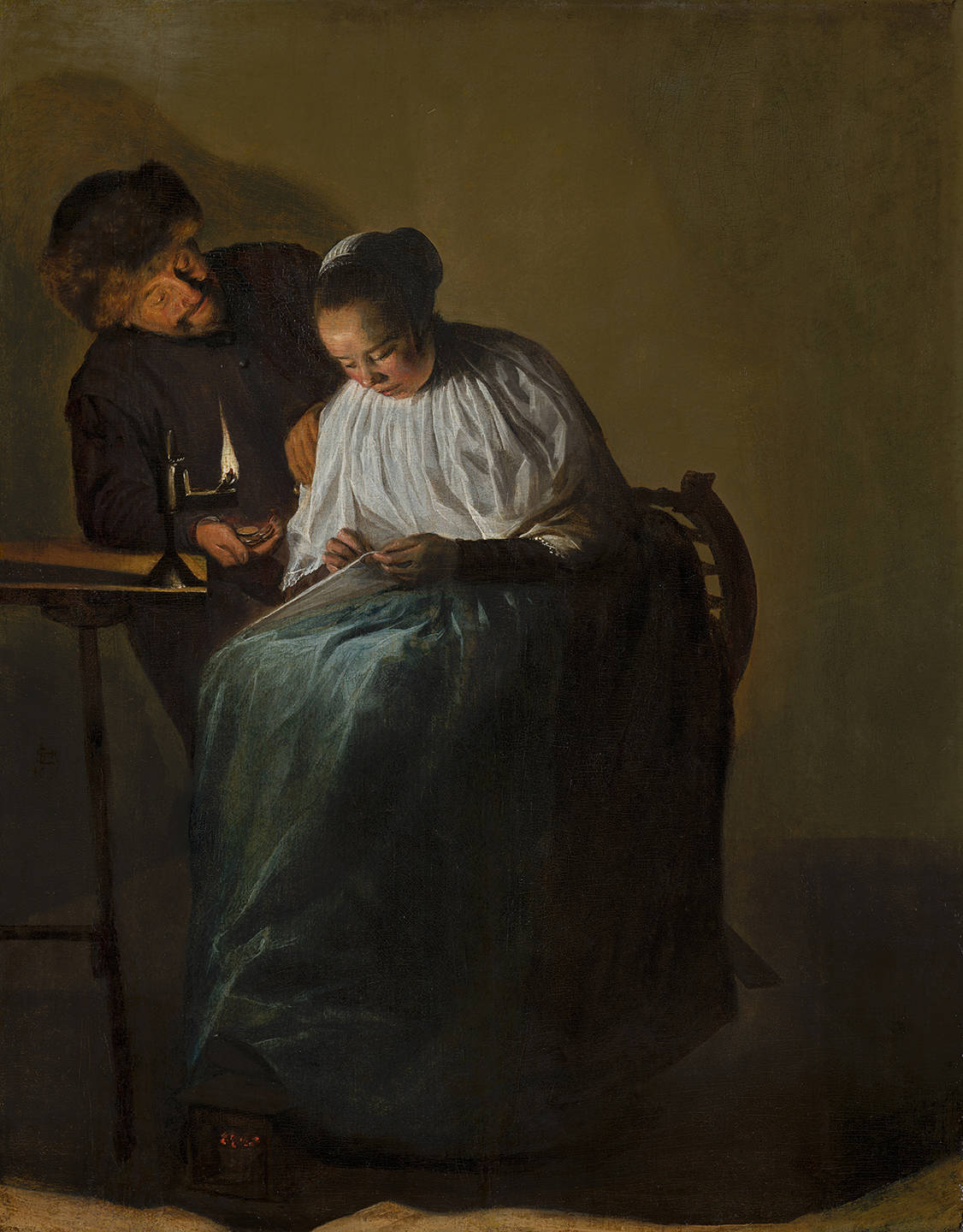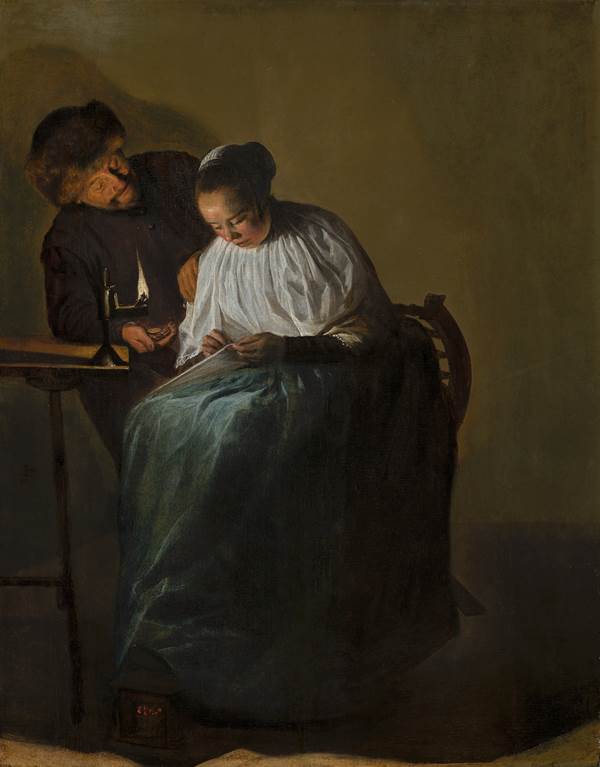
Judith Leyster of Haarlem was a Dutch 17th-century artist. There were only a few female artists at that time, and she is the most famous. She was the first woman to be given the title of ‘master painter’ by the painters’ guild. This meant that, like male artists, she could set up her own studio, train students and even sell her paintings.
Other female artists mainly painted still lifes, but Leyster was more ambitious. She liked to paint modern ‘genre paintings’, which showed household scenes. She did not paint them with fine details, but with a ‘loose’ technique. This was unusual, and Leyster was the only Dutch female artist who worked in this way at the time.



